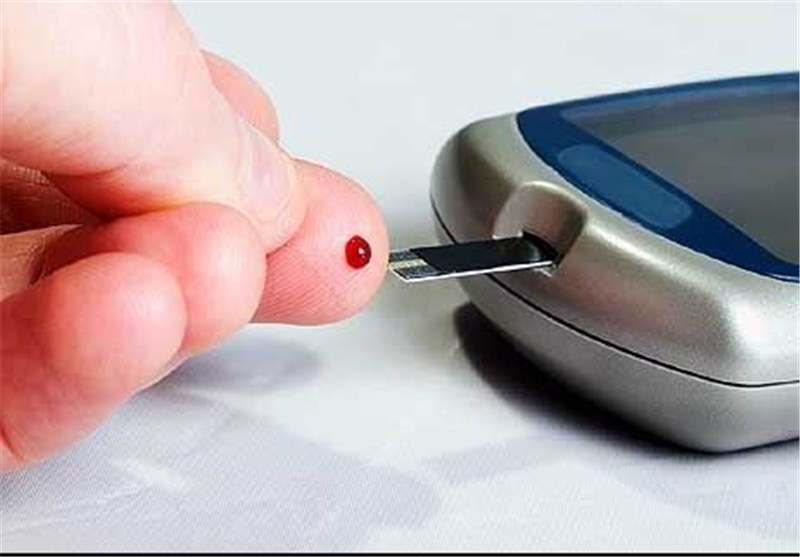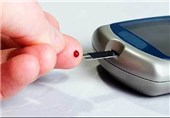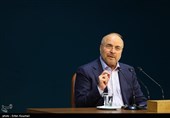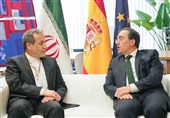Non-Invasive Device Could End Daily Finger Pricking for Diabetics
TEHRAN (Tasnim) – A new laser sensor that monitors blood glucose levels without penetrating the skin could transform the lives of millions of people living with diabetes.
Currently, many people with diabetes need to measure their blood glucose levels by pricking their fingers, squeezing drops of blood onto test strips, and processing the results with portable glucometers. The process can be uncomfortable, messy and often has to be repeated several times every day.
The new technology, developed by Professor Gin Jose and a team at the University of Leeds, uses a small device with low-powered lasers to measure blood glucose levels without penetrating the skin. It could give people a simpler, pain-free alternative to finger pricking.
The technology has continuous monitoring capabilities making it ideal for development as a wearable device. This could help improve the lives of millions of people by enabling them to constantly monitor their glucose levels without the need for an implant.
It is also good news for healthcare providers as it could provide a simpler and cheaper alternative to both of the current methods -- finger pricking, which uses disposable sample strips, or invasive continuous monitors, which use implanted sensors that need regular replacement.
Professor Jose said, "Unlike the traditional method, this new non-invasive technology can constantly monitor blood glucose levels.
"As well as being a replacement for finger-prick testing, this technology opens up the potential for people with diabetes to receive continuous readings, meaning they are instantly alerted when intervention is needed. This will allow people to self-regulate and minimize emergency hospital treatment. This wearable device would then be just one step from a product which sends alerts to smart phones or readings directly to doctors, allowing them to profile how a person is managing their diabetes over time."
The technology is licensed to Glucosense Diagnostics, a spin-out company jointly formed and funded by the University of Leeds and NetScientific plc, a biomedical and healthcare technology group specializing in commercializing transformative technologies from leading universities and research institutes.
Sir Richard Sykes, Chairman of NetScientific, said, "Diabetes is a growing problem, with the need for non-invasive glucose monitoring becoming ever more critical. This unique technology could help empower millions of people to better manage their diabetes and minimize interventions with healthcare providers. The ultimate development of two distinct products -- a finger-touch and a wearable -- could give people with different types of diabetes the option of a device that best suits their lifestyle."
At the heart of the new technology is a piece of nano-engineered silica glass with ions that fluoresce in infrared light when a low power laser light hits them. When the glass is in contact with the users' skin, the extent of fluorescence signal varies in relation to the concentration of glucose in their blood. The device measures the length of time the fluorescence lasts for and uses that to calculate the glucose level in a person's bloodstream without the need for a needle. This process takes less than 30 seconds.
Professor Jose said, "The glass used in our sensors is hardwearing, acting in a similar way as that used in smartphones. Because of this, our device is more affordable, with lower running costs than the existing self-monitoring systems.
"Currently, we are piloting a bench top version in our clinical investigations but aim to develop two types of devices for the market. One will be a finger-touch device similar to a computer mouse. The other will be a wearable version for continuous monitoring."
The results of a pilot clinical study, carried out at the Leeds Institute of Cardiovascular and Metabolic Medicine under the supervision of Professor Peter Grant, suggest that the new monitor has the potential to perform as well as conventional technologies. More clinical trials and product optimization are required for regulatory approvals and before the technology can be put on the market.
Professor Grant, Professor of Medicine at the University of Leeds and Consultant diabetes specialist, said, "Non-invasive monitoring will be particularly valuable in young people with Type 1 diabetes. Within this group, those who are attempting very tight control such as young women going through pregnancy or people who are experiencing recurrent hypoglycemia could find this technology very useful."
Professor Jose's research is based in the Institute for Materials Research in the University of Leeds' School of Chemical and Process Engineering. The initial feasibility study was funded by the NIHR i4i and the research was supported by the Engineering and Physical Sciences Research Council (EPSRC) and the University of Leeds Research and Innovation Services.






